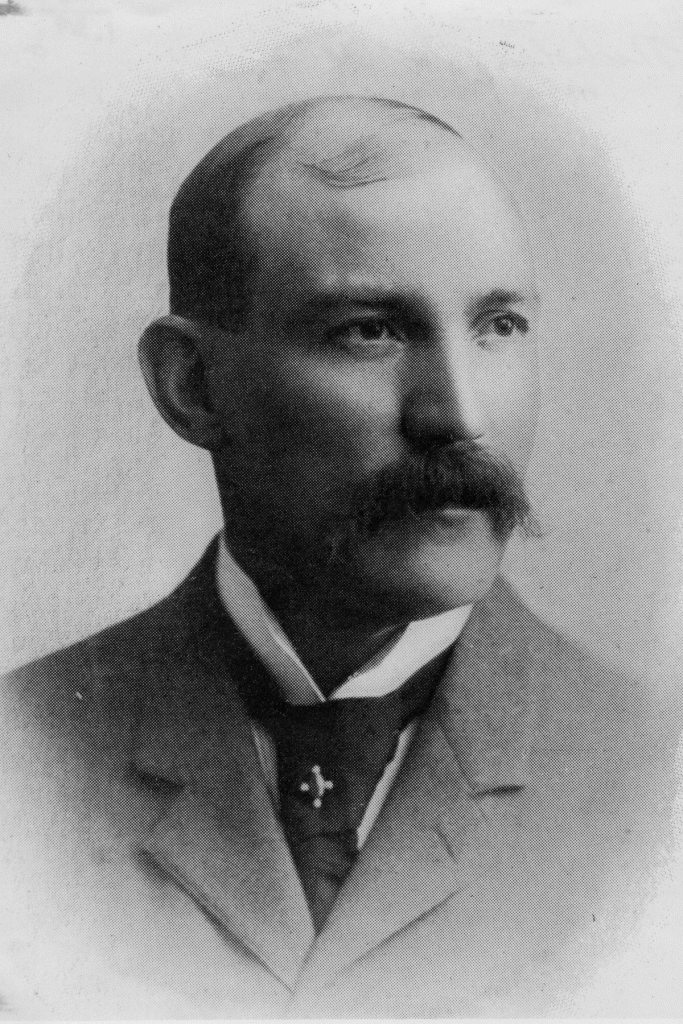This is the second article in a series on the Conkling Mining Co. v. Silver King Coalition Mines Co. lawsuit.
Colonel Nicholas Treweek filed a lawsuit against the Silver King Coalition Mining company in January 1908. The suit alleged that the Silver King had taken more than 10,000 tons of ore worth $400,000 from the Conkling-Arthur lode mining claims in the Park City District owned by Treweek and his son-in-law J. Leonard Burch.
In its April answer to Mr. Treweek’s complaint, the company admitted to virtually everything of importance charged in the United States District Court filing. “The defendant admits,” the answer recites, “that beneath the surface of the Conkling and Arthur claims is a lode or vein of rock in place, bearing silver, lead and other minerals, which on its course or strike extends through the length of said claims; but alleges that no part of the top or apex of said lode or vein is found anywhere within the boundaries extended down vertically of said claims, but that the apex is found in certain other claims owned by the defendant.”

Credit: Park City Historical Society & Museum, Himes-Buck Digital Collection
Two questions arose from the Silver King’s reply. Did the King’s own boundary lines extend far enough into the Conkling lode claims to include that portion of the ledge from which it admitted that ore was taken and sold; and was the apex of the Conkling lode to be found on ground owned by the Silver King Coalition?
Lode claims are usually described as parallelograms with the longer side lines parallel to the vein or lode. Descriptions are by metes and bounds (surveys giving length and direction of each boundary line). Federal statute limits their size to a maximum of 1,500 feet in length along the vein or ledge. Their width is a maximum of 600 feet, 300 feet on either side of the centerline of the vein or lode. All the metes and bounds of the Conkling-Arthur lode claims were described in the in the answer. All of the ore removed was taken from Silver King ground 50 feet east of the Conkling boundary line the company said.
The General Mining Act of 1872 granted the owners of the surface outcrop of a vein the right to follow and mine the vein wherever it led. They had the right to mine the vein even if its subsurface extension continued beneath other mining claims. This provision known as “the law of the apex” led the Silver King Coalition to claim that ore beneath the Conkling and Arthur claims originated on its property.
The two questions raised required the making of both surface and underground surveys to be presented as evidence in court. Colonel Nicholas Treweek was well satisfied with surveys of the Conkling-Arthur surface lines he had already made. The underground workings were 1,300 feet beneath the surface and could only be reached through the Alliance Tunnel which the Silver King owned. Treweek alleged that he had tried in vain to get permission to make underground surveys but access through the tunnel was refused him by the Silver King. This allegation was vociferously denied by Coalition attorneys.
Stay tuned for part three of the series. To study more mining history, visit the Park City Museum and its Hal Compton Research Library.